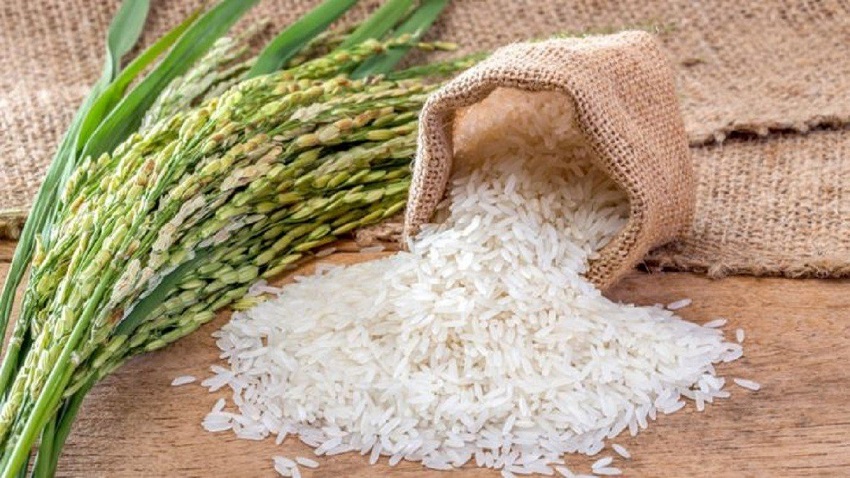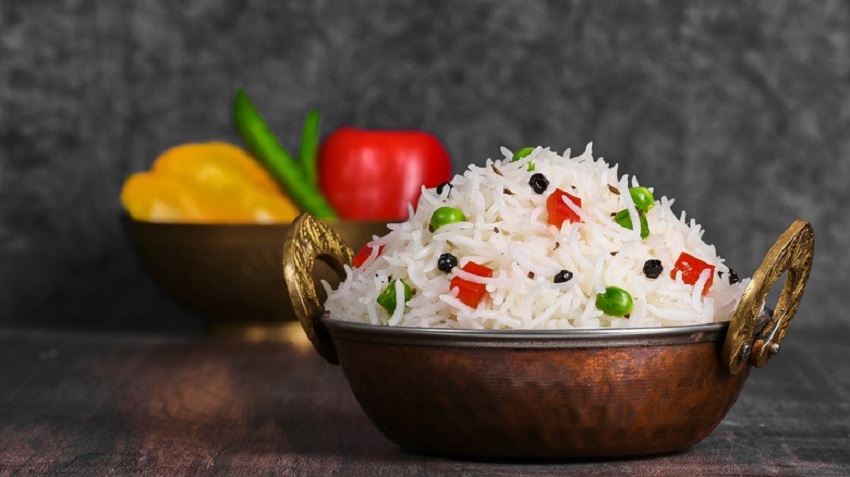
19 Aug Is Rice Low in Calories? Exploring the Nutritional Aspects of a Staple Food
Rice, a staple food in many cultures around the world, has long been a dietary mainstay for millions. It’s a versatile ingredient that can be prepared in numerous ways, from steaming to frying, and accompanies a wide variety of dishes. But when it comes to watching our calorie intake, the question arises: is rice truly low in calories? In this article, we’ll delve into the nutritional aspects of rice, its calorie content, and how it fits into a balanced diet. This content is brought to you by Ezhealthinsurance.org.
Unveiling the Calorie Content of Rice
The Different Types of Rice
Rice comes in various types, each with its own nutritional profile. White rice, brown rice, jasmine rice, and basmati rice, among others, each offers distinct flavors and textures. White rice is the most commonly consumed type, known for its polished appearance and relatively mild taste.
Calorie Count in Rice
Rice is a common staple food in many cultures around the world. It is primarily a source of carbohydrates, which are the body’s main energy source. The calorie content of rice depends on its type and serving size. Generally, one cup of cooked white rice contains around 200 calories. In comparison, an equal amount of cooked brown rice has approximately 215 calories due to its higher fiber and nutrient content. While rice is not considered ultra-low in calories, its energy density makes it a filling option that can contribute to satiety. If you’re looking for low calorie high protein foods to add to your diet, there are many options to choose from.
The Role of Rice in Weight Management
Satiety and Portion Control
Despite its calorie content, rice can still play a role in weight management due to its ability to provide a sense of fullness. Its high carbohydrate content triggers the release of hormones that regulate hunger, helping to control portion sizes and prevent overeating.
Pairing with Nutrient-Rich Foods
Rice can be a foundation for balanced meals when combined with protein sources, vegetables, and healthy fats. For instance, a stir-fry with lean chicken, colorful vegetables, and a moderate portion of rice creates a satisfying and nutritious dish that supports weight management goals.
The Impact of Processing on Caloric Density
White vs. Brown Rice
The processing of rice significantly affects its nutritional composition. White rice undergoes polishing, removing the bran and germ layers, which results in a refined texture but reduces its fiber and nutrient content. On the other hand, brown rice retains these layers and offers more dietary fiber, vitamins, and minerals. While brown rice has slightly more calories, its higher fiber content contributes to better digestion and a slower release of energy.
Rice in Cultural Context
Cultural Significance
Rice holds deep cultural significance in many societies, serving as a symbol of abundance, hospitality, and sustenance. It’s often a central element in traditional dishes and rituals, connecting people to their heritage.
Balance and Moderation
In cultures where rice is a dietary staple, its consumption is often part of a well-rounded eating pattern. Portion sizes and the inclusion of other food groups contribute to a balanced approach to nutrition.
Making Informed Choices
Portion Control
Moderation is key when consuming rice, especially if you’re mindful of your calorie intake. Opt for appropriate portion sizes to enjoy the benefits of rice without exceeding your daily caloric goals.
Variety and Nutrient Intake
While rice can be a part of your diet, it’s important to vary your food choices to ensure you’re receiving a wide range of nutrients. Incorporate whole grains, lean proteins, fruits, and vegetables to create a nutritionally diverse eating plan.
Conclusion
In the grand scheme of calorie content, rice can’t be classified as extremely low-calorie, but its ability to promote satiety and provide energy makes it a valuable part of many diets. Remember that context matters: the type of rice, portion sizes, and overall dietary pattern play significant roles in determining how rice fits into your nutritional journey. Embrace rice as part of a balanced diet and celebrate its cultural significance while making mindful choices that support your health and well-being.
FAQs
Is eating rice every day bad for you?
Eating rice daily can be part of a balanced diet, but it’s essential to vary your food choices to ensure you’re getting a wide range of nutrients.
Which type of rice is the healthiest?
Brown rice is often considered the healthiest type of rice due to its higher fiber and nutrient content compared to white rice.
Can rice help with weight loss?
While rice can contribute to a feeling of fullness, weight loss requires a comprehensive approach that includes a balanced diet and regular physical activity.
Is parboiled rice better for weight management?
Parboiled rice is partially precooked before milling, which retains more nutrients in the grain. It can be a good option for weight management due to its higher fiber content.
How can I reduce the calorie content of rice dishes?
You can reduce the calorie content of rice dishes by opting for smaller portion sizes, incorporating plenty of vegetables, and using lean protein sources.

No Comments